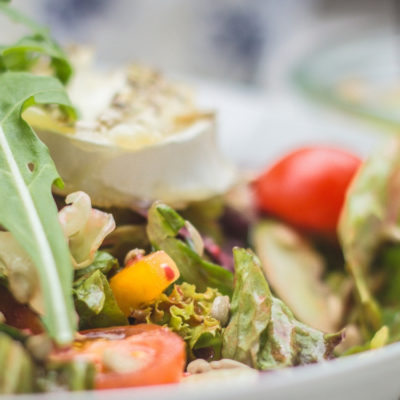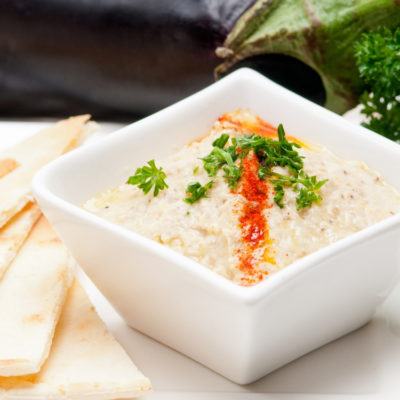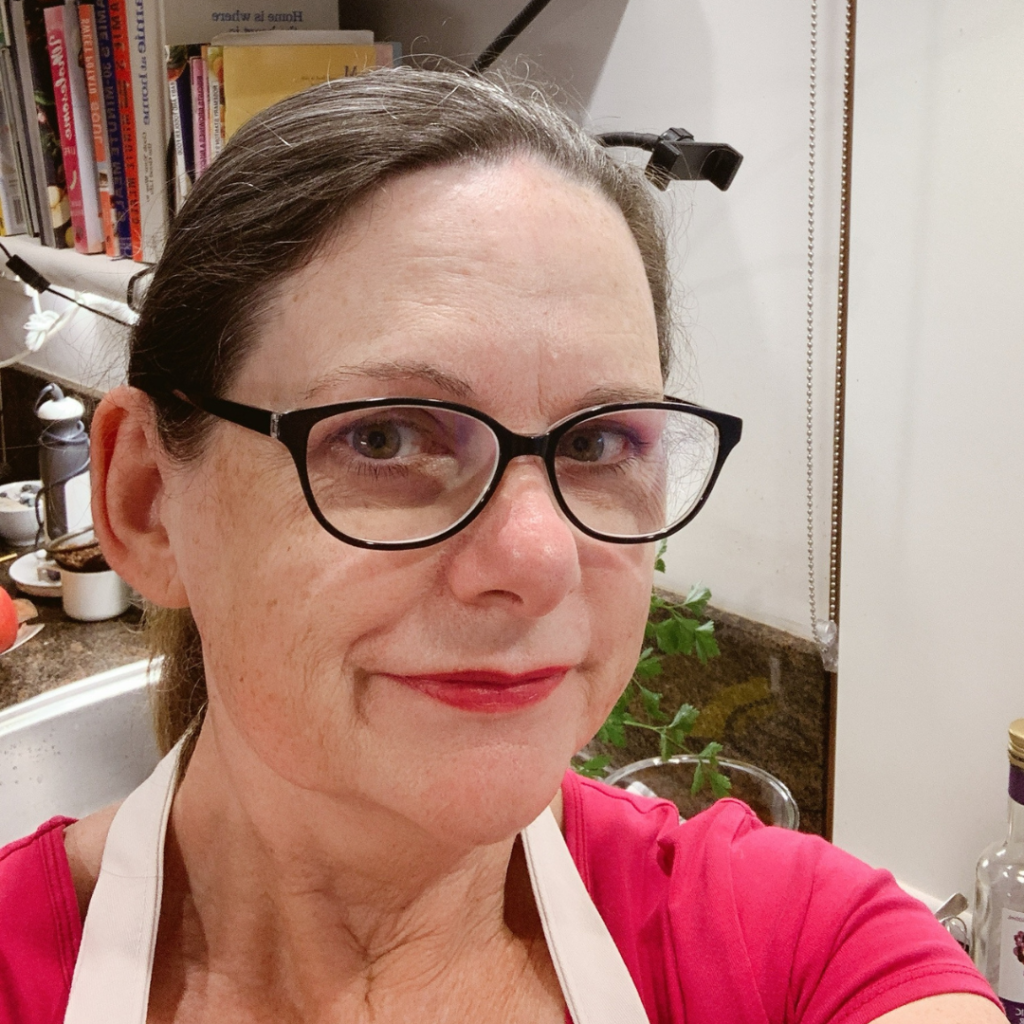As we move through Autumn you’ll notice lots of citrus appearing in shops and markets near you.
First of all, what are citrus? If you want to be technical, then they are the fruit of citrus trees, a genus of flowering fruit trees and shrubs. For the non-technical, I’m talking about oranges, lemons, limes, mandarins, cumquats, grapefruit and the like – you see these fruits very commonly in most of our food stores, but there is a whole host of other citrus fruit which aren’t typically commercially grown in Australia which belong to the family. One uniquely Australian citrus fruit is the finger lime which is now being commercially grown so is growing in popularity – it tastes fantastic!
So what is just sooo good about citrus fruit? In centuries past, they were carried on ships and provided in the crew’s rations to prevent scurvy, caused by a severe lack of vitamin C. Now we know a lot more of what citrus contain, though, including:
- fibre
- vitamin C
- folate
- potassium
- and over a hundred phytochemicals and antioxidants in tiny amounts including polyphenols, flavonoids, non-nutrient carotenoids, coumarins, terpenes, phytoterols and liminoids.
Nutritionally, citrus sound impressive, don’t they? Well, there’s good reason to eat them regularly:
- These nutrients have been shown to be protective against cancers, heart disease and asthma.
- They boost our immune system to reduce the incidence of or duration of infections like colds.
- Folate is important for women planning pregnancy or who are pregnant and the vitamin C helps improve iron absorption especially from non-haem or plant foods.
- Vitamin C is important in the production of collagen to help our skin stay firmer for longer – bonus!
…eating in-season citrus grown in Australia is a win-win situation for your taste buds, your health and the environment.
Eating citrus when the are in season is good for the environment and good for our pockets as well. Food which has been grown locally is generally fresher, cheaper and have had fewer costs to the Earth like emissions from long distance transport. So, eating in-season citrus grown in Australia is a win-win situation for your taste buds, your health and the environment.
Citrus are versatile, too:
- You can easily carry the fruit whole for a snack – mandarins are easy to pop in your handbag to snack on; oranges are slightly messier to peel but try cutting an orange into quarters and pop it in a lunchbox for an easy workday snack.
- Lemons and limes can be used sliced in water to make your chilled tap water taste and look so much more sophisticated, and are brilliant for juice or zest in cooking.
- Cumquats can be eaten as a snack – the flesh can take some getting used to, some varieties can be quite tart. Or cook them up for a wonderfully tart dessert.
- Any citrus can be added to home squeezed juices and smoothies as well as used in baking – just go easy on these as they can be quite high in kilojoules.
- Or chop an orange up and add it to a salad or to a variety of other fruit for fruit salad– yum!
- Don’t forget, too, a squeeze of lemon juice on your avocado or a cut apple or banana will stop them from browning in the fridge.
- Or check out my recipe which is slightly more sophisticated than a squeeze of lemon on your fish.
Citrus Salmon and Asian Vegetables
Ingredients
- 1/2 cup freshly squeezed orange juice (1-2 oranges)
- 1 Tbsp lemon juice
- 2 Tbsp lime juice
- Lime zest to serve
- 1 Tbsp honey
- 2cm piece fresh ginger, finely grated
- 1 finely chopped, de-seeded chilli (optional)
- A grind of black pepper
- 2 garlic cloves, crushed
- 1 Tbsp extra virgin olive oil
- 4 x 200g boneless salmon fillets, with skin on
- 2 oranges, peel and pith (the white part under the skin) removed and thickly sliced
- 2/3 cup uncooked brown or basmati rice
- 2 bunches Asian greens eg broccolini, bok choy, pak choy, trimmed
- 1 large red capsicum, cut into 2cm squares
- 1 pack of fresh baby corn
- Coriander leaves
Method
- Combine orange, lemon and lime juices, honey, ginger, pepper, chilli and garlic in a jug.
- Steam the rice according to the package instructions.
- Heat oil in a large frying pan over medium to high heat. Cook the salmon, skin-side down, for 3 minutes or until it has browned. Turn and cook it for a further 3 minutes or until lightly browned again. Add the juice mixture to pan. Cook for 3 minutes or until it thickens slightly.
- Steam or microwave the greens with the baby corn and chopped capsicum.
- Place the salmon on a plate, keeping it covered and warm. Add orange slices to the pan and cook for 1 minute or until it just softens.
- Place ½ cup of rice on each plate, place the salmon and orange slices on top and drizzle with the sauce. Add the vegetables and sprinkle with coriander and zest.
Serves 4. Enjoy!
get dale’s support now register for weekly tips






Comments (0)